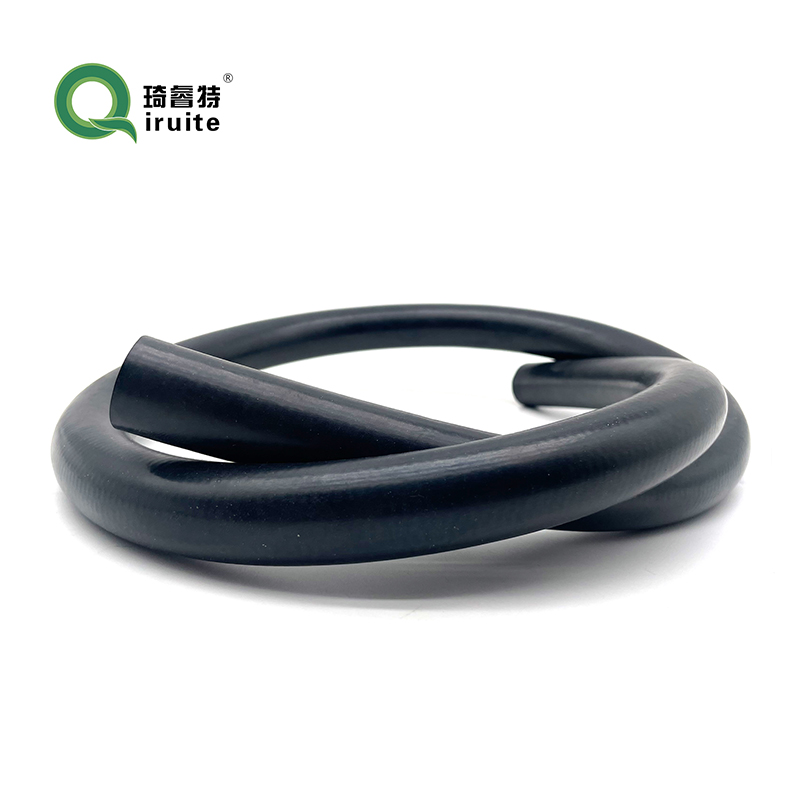Understanding the Importance of Power Steering Compression Hose in Vehicle Performance and Maintenance
Understanding Power Steering Compression Hoses Importance and Functionality
Power steering systems have become an integral part of modern vehicles, providing drivers with the ease of steering and enhancing overall control. At the heart of this hydraulic system lies the power steering compression hose, an essential component that plays a crucial role in ensuring the smooth operation of steering mechanisms. While often overlooked during routine maintenance, understanding the function and importance of this hose can save vehicle owners from costly repairs and enhance vehicle performance.
What is a Power Steering Compression Hose?
The power steering compression hose is a vital part of the power steering system. It is responsible for transporting hydraulic fluid between the power steering pump and the steering gear or rack and pinion assembly. This hydraulic fluid is under high pressure, and the hose is designed to withstand these pressures while maintaining flexibility to accommodate the movement of the steering components.
Typically, the power steering compression hose is made of durable materials, such as reinforced rubber or synthetic compounds, designed to resist the wear and tear of constant use and exposure to various environmental conditions. Over time, however, these hoses can degrade due to heat, age, and exposure to harsh substances like oil or coolant, leading to potential leaks or failures.
Signs of a Failing Power Steering Compression Hose
A failing power steering compression hose can manifest in several ways, often impacting the vehicle's handling and performance. Common signs of a problematic hose include
1. Fluid Leaks One of the most common indicators of a failing compression hose is the presence of power steering fluid leaking onto the ground or other components of the vehicle. A drop in fluid levels can lead to steering difficulties and potential damage to the pump.
power steering compression hose

2. Steering Difficulties If the steering feels stiff or unresponsive, it may be a sign that the power steering system is not receiving adequate hydraulic pressure due to a compromised hose.
3. Whining Noise A high-pitched whining or squealing noise when turning the steering wheel can indicate that the power steering pump is struggling to draw fluid, potentially due to a leak in the compression hose.
4. Vibration or Shaking Excessive vibration in the steering wheel during turns could suggest that the power steering system is not functioning optimally, prompting a closer inspection of the compression hose.
Importance of Replacement and Maintenance
Regular inspection and maintenance of the power steering compression hose are essential for ensuring the longevity of the power steering system. Vehicle owners should routinely check for signs of wear and damage, especially in older vehicles. It is advisable to replace the compression hose at the first sign of a leak or degradation to avoid more severe and expensive repairs.
When replacing the power steering compression hose, it is essential to choose high-quality, vehicle-specific parts for optimal performance. This can help in maintaining the integrity of the hydraulic system and ensuring consistent steering responsiveness.
Conclusion
The power steering compression hose may be a small component of the larger power steering system, but its role is undeniably significant. By understanding its function and recognizing the signs of failure, drivers can take proactive steps to maintain their vehicle's steering system. Regular inspections and timely replacements not only enhance safety and performance but also contribute to the overall longevity of the vehicle. Vehicle owners should never underestimate the importance of such a crucial component and should ensure that their power steering system remains in top condition for a safe and enjoyable driving experience.
-
Ultimate Spiral Protection for Hoses & CablesNewsJun.26,2025
-
The Ultimate Quick-Connect Solutions for Every NeedNewsJun.26,2025
-
SAE J1401 Brake Hose: Reliable Choice for Safe BrakingNewsJun.26,2025
-
Reliable J2064 A/C Hoses for Real-World Cooling NeedsNewsJun.26,2025
-
Heavy-Duty Sewer Jetting Hoses Built to LastNewsJun.26,2025
-
Fix Power Steering Tube Leaks Fast – Durable & Affordable SolutionNewsJun.26,2025

